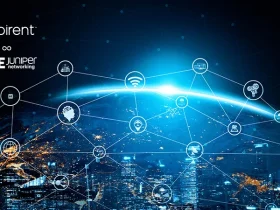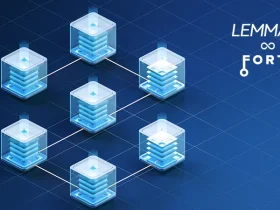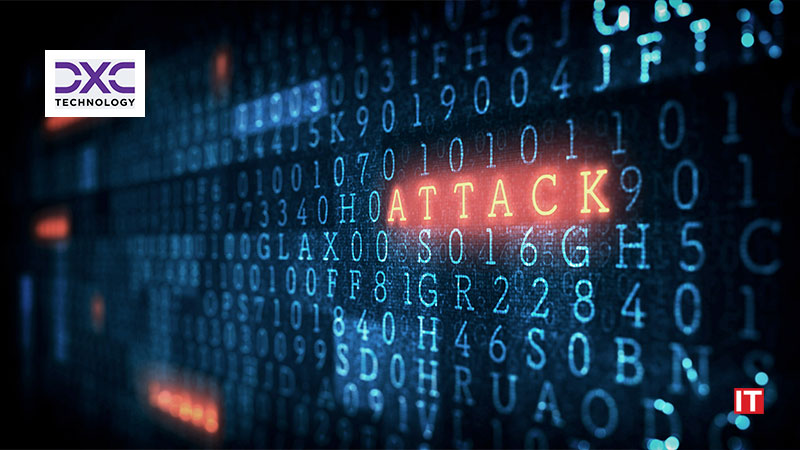DXC Technology, a leading Fortune 500 global technology services company, has forecast five ways the digital security landscape will impact life and business in 2023 and beyond.
As one of the leading providers of cybersecurity solutions globally with over 3,000 experts helping the world’s largest companies to increase resilience, DXC Technology is seeing an evolving landscape of threats, but also opportunities to tackle them.
Cybercriminals and cybersecurity professionals will both use artificial intelligence (AI) in an increasingly sophisticated battle of wits. In the case of cybersecurity defense, AI has been mainly used to identify patterns of suspicious behavior. Due to the volume of suspect activity and the number of false positives, cybersecurity staff are often overwhelmed.
Also Read: Hexaware Welcomes Sanjay Salunkhe to Lead New ‘Digital and Software’ Unit
The good news is that in 2023 and beyond, we should be able to start automating AI-based security controls and response mechanisms – helping to react faster and more accurately to cyberattacks, reducing possible downtime and protecting personal and business critical data.
“While AI can automate threat detection and elimination, the underlying processes are based on an understanding of past activity, which will incentivize cybercriminals to come up with new types of attacks,” said Mark Hughes, President of Security at DXC Technology. “Keeping pace will be a challenge, especially if quantum computing enters the fray in the coming years, which could see today’s defenses breached in seconds.”
2023 is set to be important year for the metaverse with Meta, Microsoft, Virbela and others counting on virtual worlds going mainstream. However, activity in the metaverse can raise questions around identity; how do you know that the person you think you are talking to is who they say they are? Digital certificates, perhaps built on the blockchain, could help. These certificates could also be used to secure virtual transactions in the metaverse. What is clear is that as the metaverse expands, so too will the risks.
Russia’s attack on Ukraine has reminded us in the starkest way possible that warfare is now hybrid and the risks of geopolitically motivated cyberattacks are real. As a result, many cyber insurance policies are now being written to exclude acts of cyberwar, creating challenges for cyber risk mitigation.
With lingering geopolitical tensions, this threat is set to continue in 2023. In fact, with more than 70 countries due to hold government elections in 2023 (events frequently targeted by state-sponsored actors), it will be a challenging year for cybersecurity defenses. However, we can learn from case studies such as Ukraine’s ‘exemplary’ defense against Russian cyberattacks.
SOURCE: PR Newswire

































